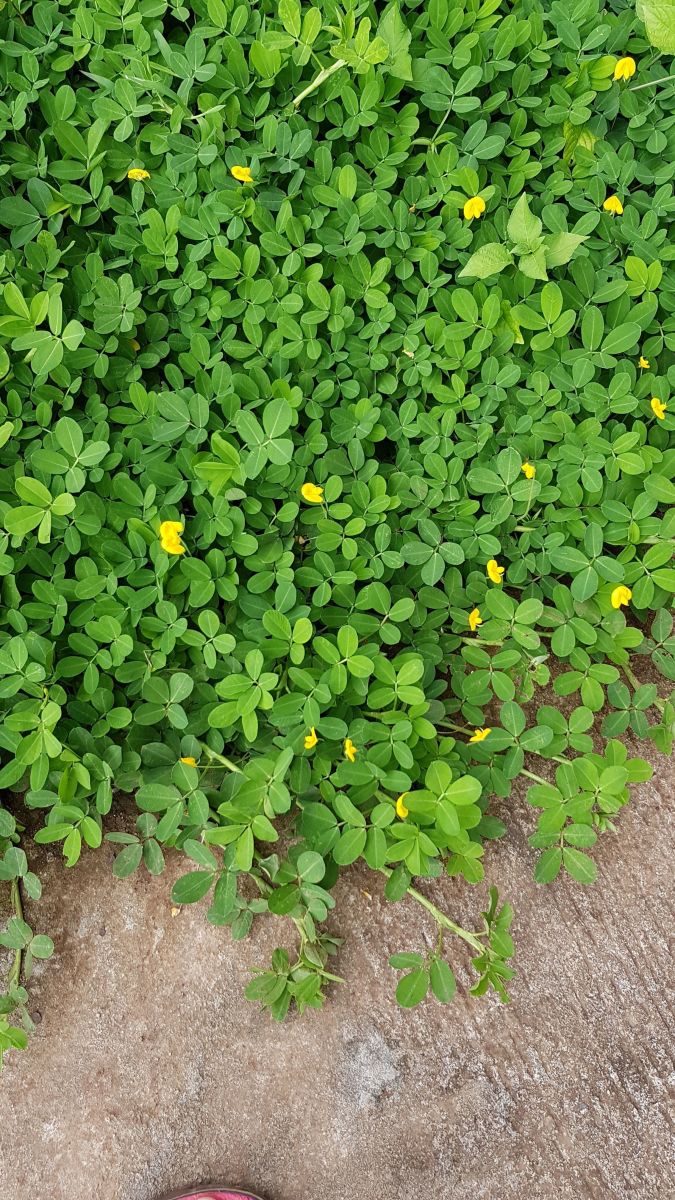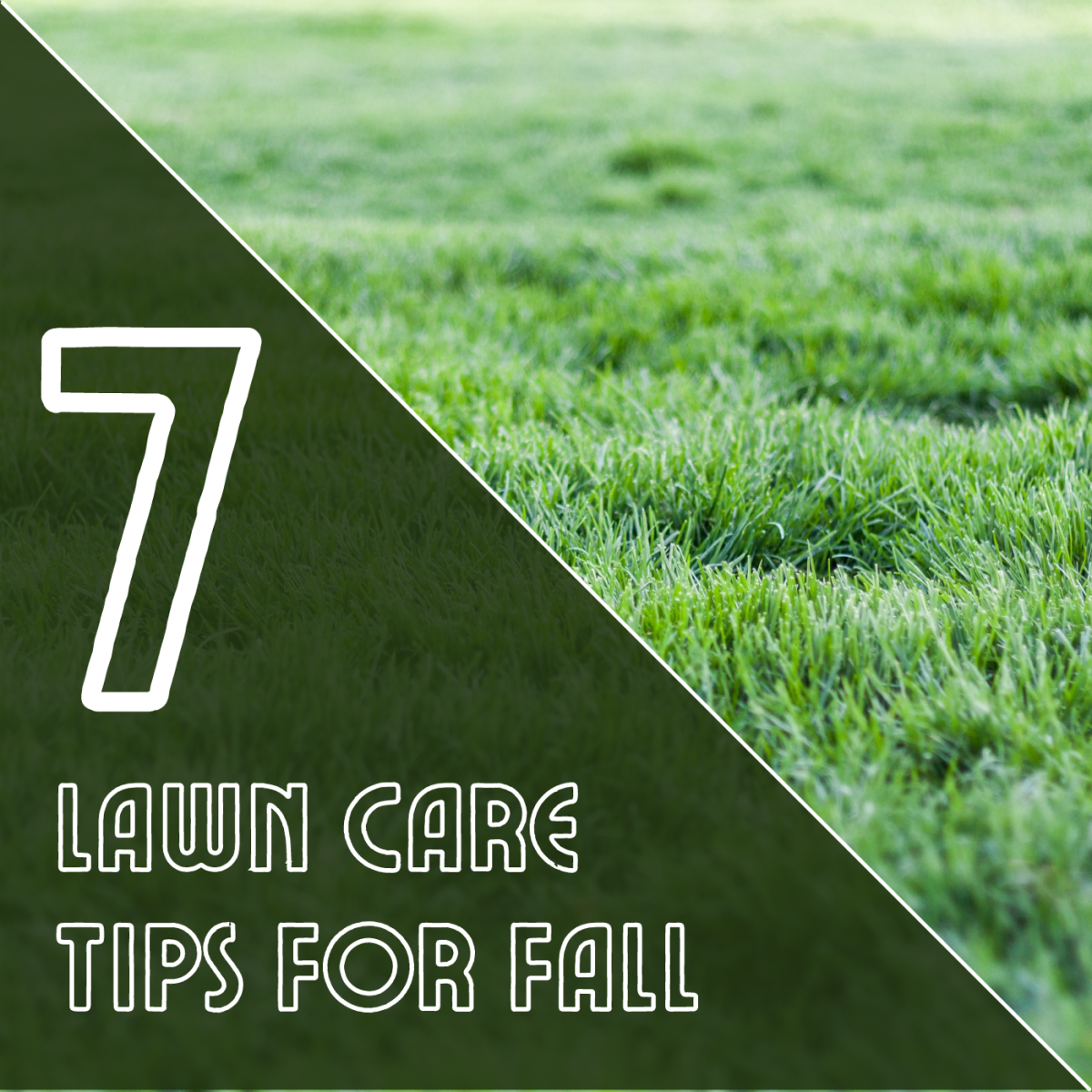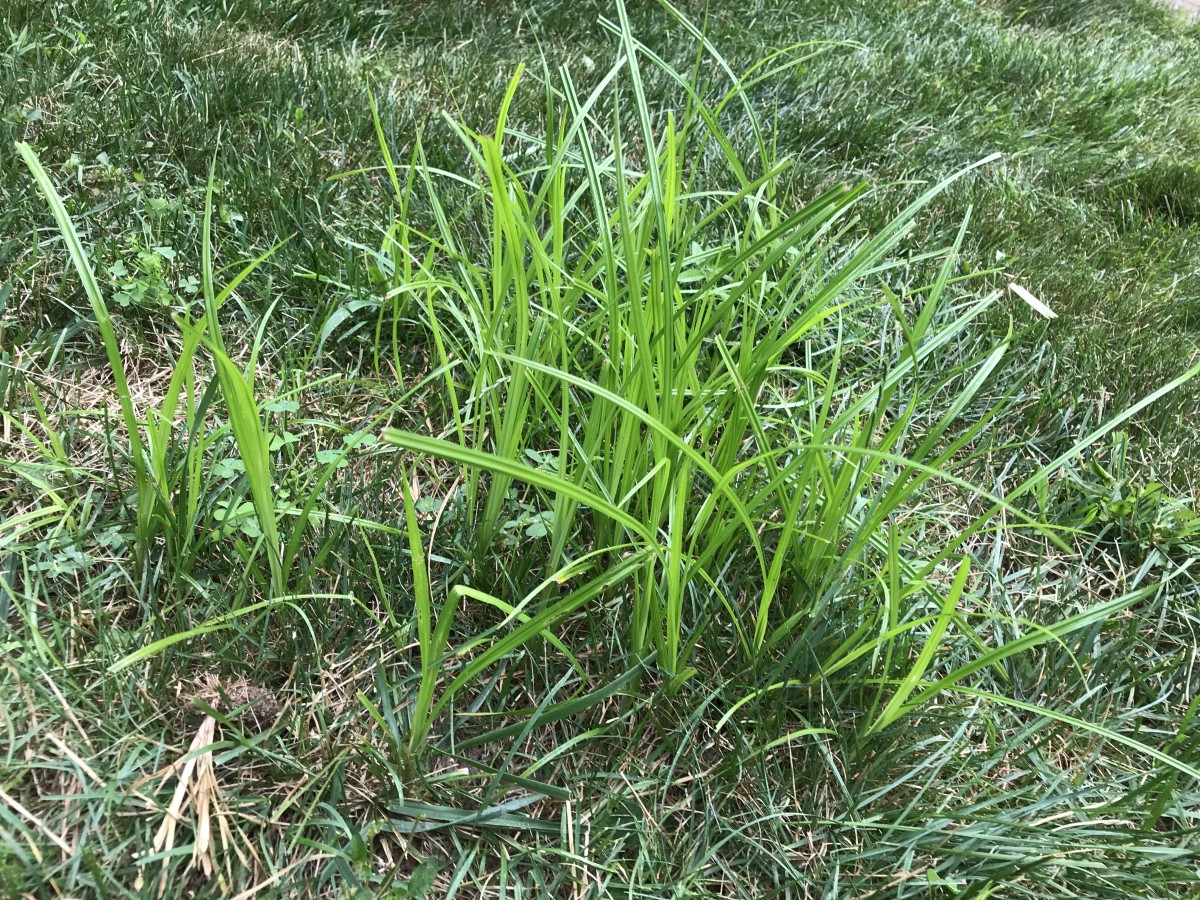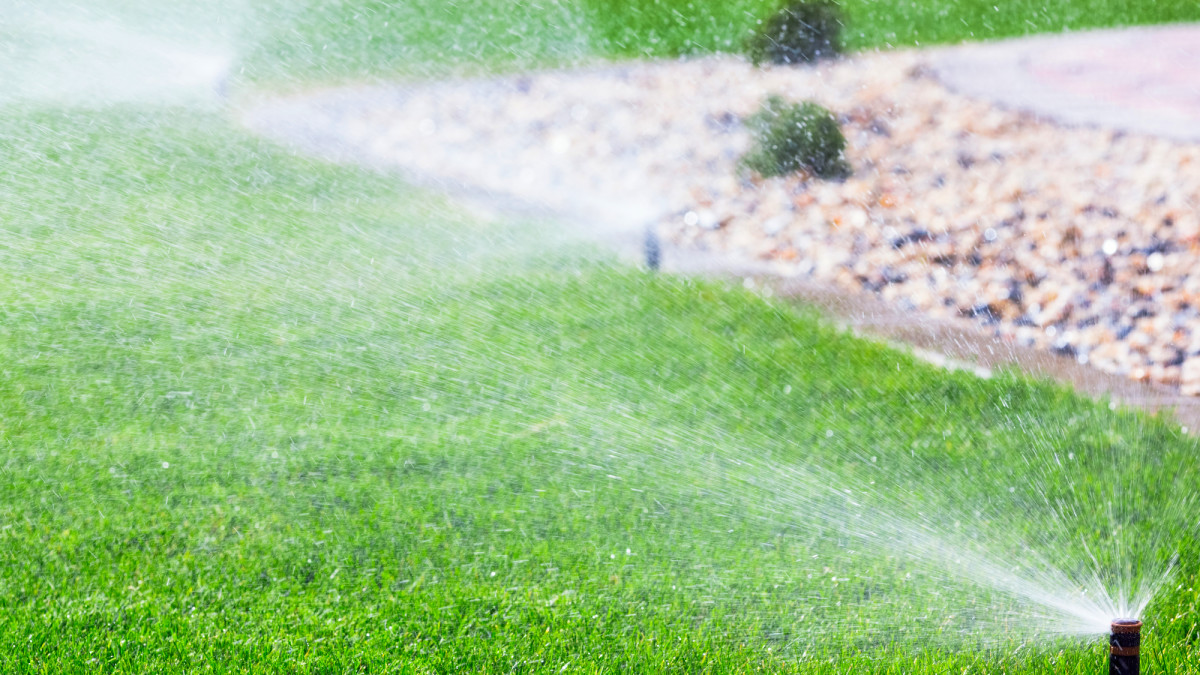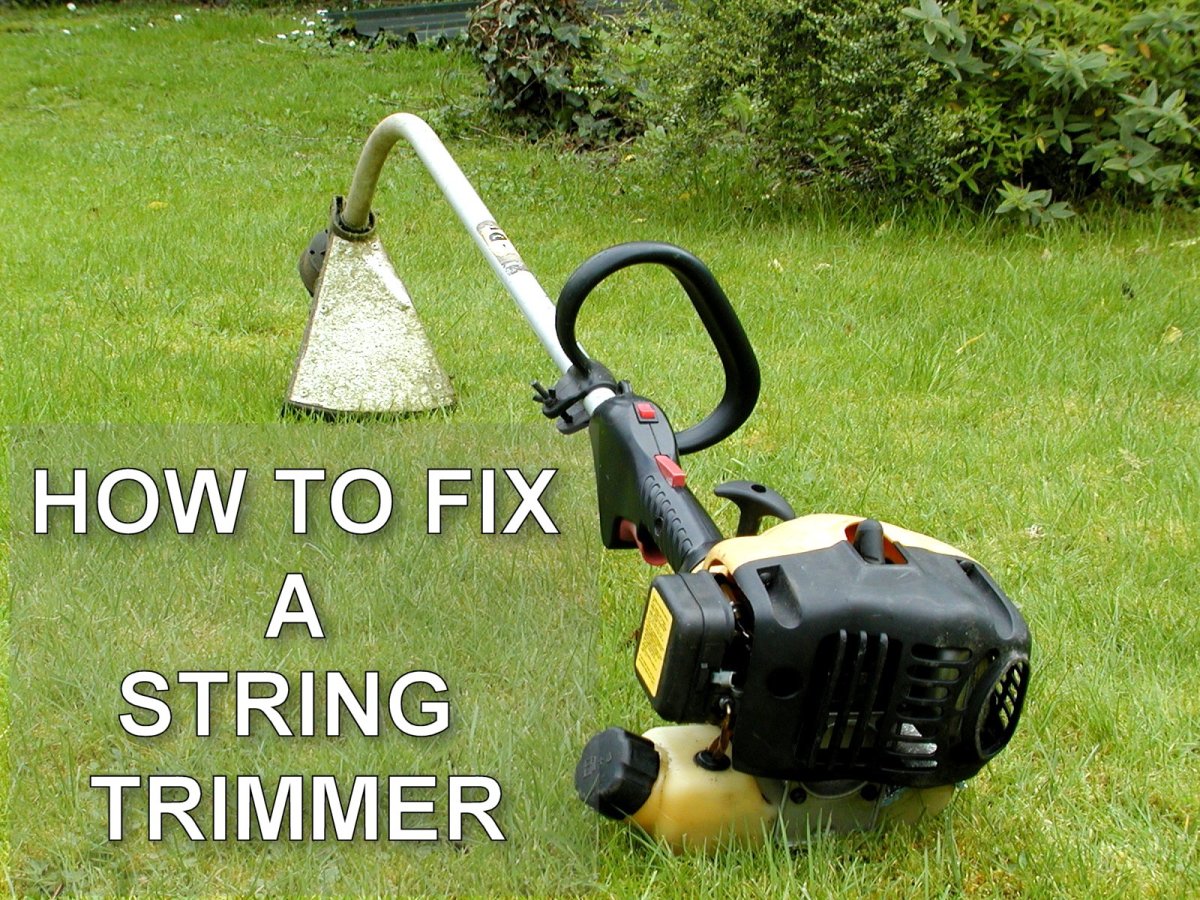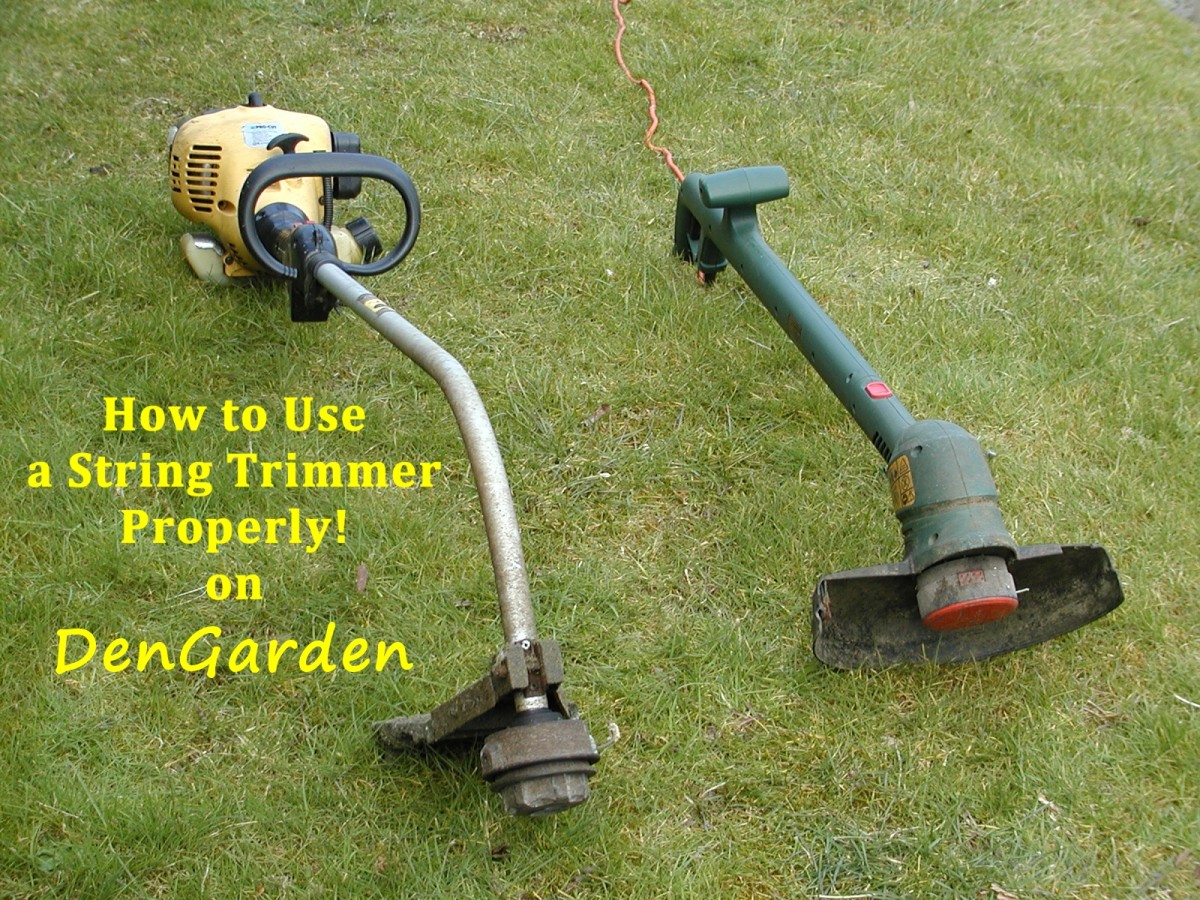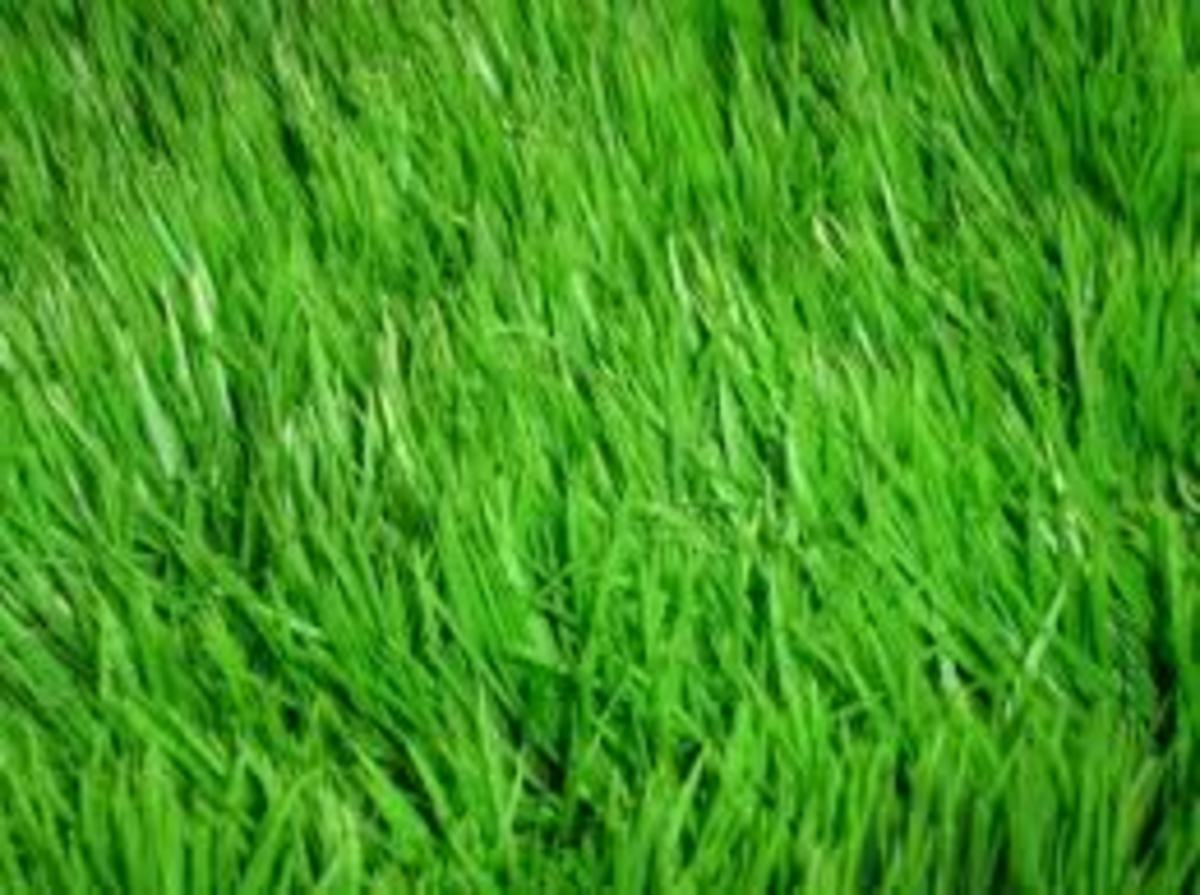Lawn Reseeding - Grass Revival In the Works
Many homeowners struggle with keeping a nice-looking lawn. To most in the know, a “nice lawn” is the one where the grass is that perfect shade of emerald green, and has not a single blade out of place or above the uniform level. It usually is the yard that you would love to take your socks and shoes off and just walk around in the grass barefoot if you thought the owner wouldn't run you off. If you are the type of person who thinks that green is green in the lawn and whatever grows goes, this hub may not help you much. I am speaking directly to those who obsess over grass...the legal kind.
The way to start the road to a beautiful, homogenous carpet of lush grass is to reseed it. Some lay sod, and there is something to be said for the ease of establishing a sod lawn (it's almost instant). But, in today's economy seeding is cheaper, and saving money is good for the environment or something like that.
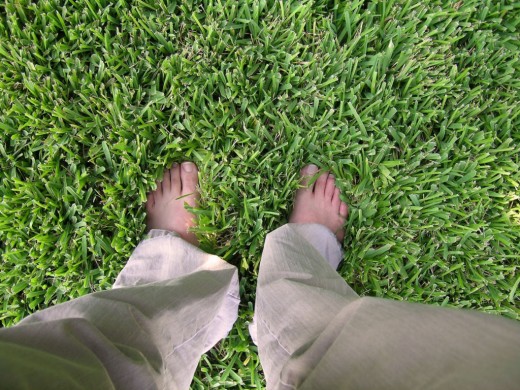
You may want to start with a whole lawn renovation project. This is a little more in depth, but if your lawn is too far gone, taken over by crabgrass and tough perennial weeds, it's the best hope for success. If you aren't in too bad shape, but just have different patches of weeds with little patches of grass to make it lively, then you may be able to spray some selective weed killer and start laying seed.
Reseeding isn't the same thing as “overseeding”. Overseeding is a a term used to describe a supplemental dose of grass seed to encourage thicker growth in your lawn. Most fescue lawns require periodic overseeding to keep them thick and free of patches where weeds can take hold. Warm season grasses like bermuda and zoysia may need overseeding to patch worn spots, but these grasses spread and self repair better than most cool season grasses.
Your first step after killing weeds or renovating the lawn should be to give a good landing place for the seeds. Unless you renovated the lawn down to tilled soil, you will likely want a rake (thatch rake is perfect) to pull out dead weed material. It is better to get rid of it than to chance it coming back. If taking the renovating path, another good thing you can do is solarize the lawn by putting plastic down over the ground. Clear plastic is good and black is as well. This will heat up in the sun, and kill weeds, organisms and destroy most of the weed seeds as well. This last part is important, since you don't want weed seeds competing with your grass seeds.
The next step is to start planting seeds. You can do this by hand, throwing them about, but the best method is to use a spreader. There are the walk-behind spreaders used for fertilizer and such, but there are also hand-crank spreaders that do an effective job of distributing seed equally.
Fertilizing with a good starter fertilizer is essential to get the seeds off to a good start. This step can be done before or after the actual seeding process. I placed it here because the walking around on top of the seeds can help press them into the dirt and increase the odds of successful germination. You will want to use a spreader for the fertilizer and follow the directions on the package for the amount to use. Most types have the settings for the popular spreaders labeled right on the packaging, so you won't have to guess which setting on your spreader is giving the correct distribution.
Some people like to rent a yard roller to go over the ground. This step is optional, but it may help keep seeds from blowing away if your area is windy. You can usually rent these from a local hardware store, but some people buy them. It's not really necessary since this item isn't something you will need to use much if at all.
Your next step, especially if you've done a complete renovation with bare soil is to put down some sort of mulch. This is to give the seeds some cover and a little shade to help with moisture retention as well as protection. Birds may eat your seeds, but if you've spread a good amount enough should germinate and sprout so this won't be a big issue. The best thing to use for mulch for grass is straw. You can use pine straw or the yellow straw. Both will decompose eventually leaving some good stuff for your soil, but don't use hay as it usually contains seed. It will compete with your new grass, and you don't want that. When applying the mulch, do not cover every square inch. You want sunlight to be able to reach the soil, so a very light covering of straw is all that is required.
The final step is to apply water and give it some time. You want to have a frequent and regular watering schedule, but short duration. What I mean is to water, say, morning and late afternoon for 15-20 minutes each cycle. This keeps things moist, but not saturated. You do not want your seed to dry out as it may not germinate, or if it has the sprout will be very sensitive to drying out and dying. Likewise, too much moisture can cause fungus and rot, so balance is key.
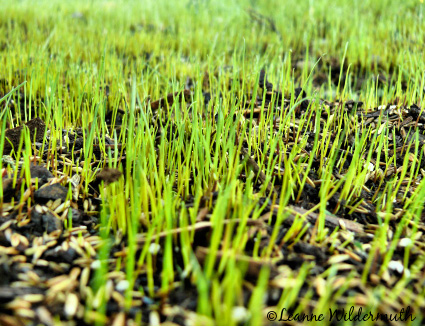
Depending on the type of grass you selected, it can take anywhere from 5 to 28 days for your seeds to germinate and sprout to where you see a lot of tiny green grass plants. For a bare lawn, do not mow until the grass has grown tall enough. For patch repair or overseeding, you should have mowed the grass before starting as low as you can. You do not want to mow over seeded areas until the seedlings are at least 2 inches tall as many mowers are powerful enough to pull the seedlings right out of the ground with suction.
You will want to apply some more fertilizer 45-60 days after the initial application, but you should go a little lighter on the amount as the young grass will be susceptible to burning. You also should gradually reduce the watering schedule to equal about 1 inch of water per week, but don't do it all in one session. Also, if it has rained, you do not need to apply as much water. It is best to allow the grass to dry out a little between watering cycles to encourage deeper root growth. This will give it better drought tolerance.
Well, that is how it's done. Now I hope you get out there and create another beautiful lawn!


